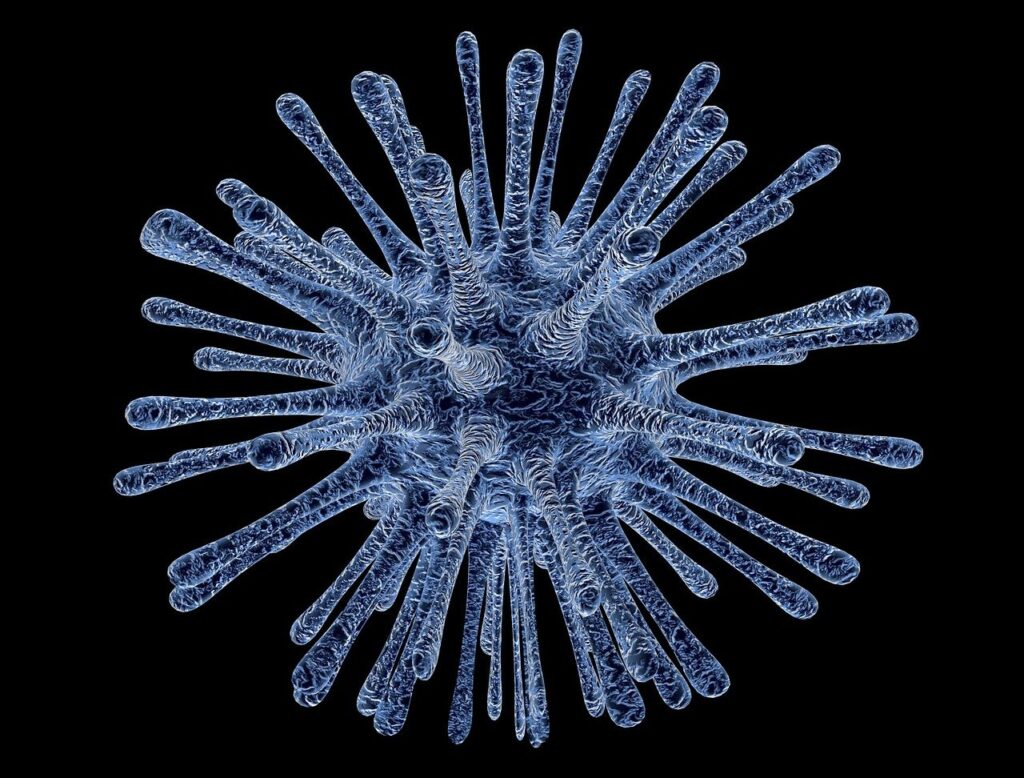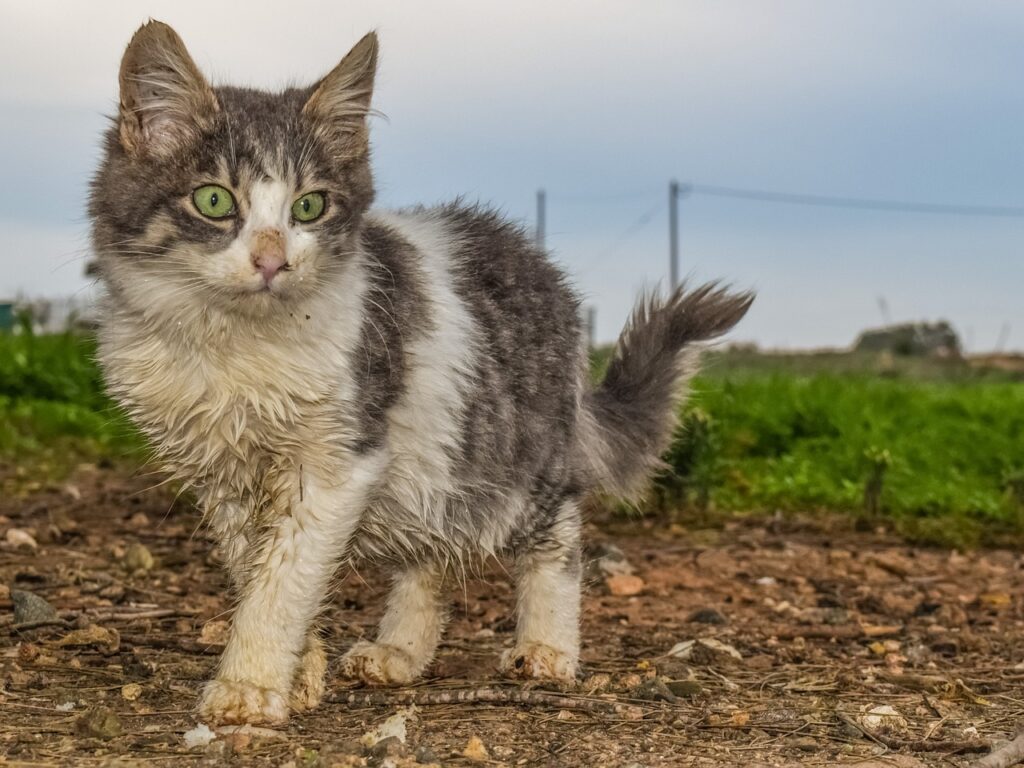Cat Bite Infection – Cat bites can be a surprising source of infection and health complications, and understanding them can help cat owners take better care of their feline friends and themselves. In this article, we will delve into the biology behind cat bite infections, recognize the symptoms, identify high-risk factors, explore effective treatment options, and provide preventative measures. Let’s get excited about keeping both you and your cat safe and healthy!
The Biology Behind Cat Bite Infections: Why They Occur
Cat bite infections can be serious due to the unique characteristics of cat teeth and saliva. Unlike dogs, whose bites often cause crushing injuries, cats have sharp, needle-like teeth that can puncture deeply into tissue. This puncturing action introduces bacteria from the cat’s mouth directly into the bloodstream and tissue of the victim, creating an ideal environment for infection.
Bacterial Culprits
One of the primary bacteria responsible for cat bite infections is Pasteurella multocida, found in the mouths of 70-90% of cats. This bacterium can cause rapid infection, leading to symptoms such as swelling, redness, and pain within hours. Other bacteria that can be introduced through a cat bite include Staphylococcus, Streptococcus, and anaerobes like Bacteroides.
Infection Process
When a cat bite punctures the skin, these bacteria are deposited deep into the tissue. The body’s immune response begins immediately, but the depth of the puncture makes it difficult for the immune system to flush out the bacteria. This leads to the formation of pockets of infection, known as abscesses, which can be painful and require medical intervention.
Immune System Reaction
The body’s immune response to a cat bite involves sending white blood cells to the site of the injury to fight off the invading bacteria. This response causes inflammation, which is part of the reason for the swelling and redness that accompany cat bite infections. However, if the infection spreads, it can lead to more severe conditions such as cellulitis or septicemia.
Recognizing Cat Bite Symptoms: Early Warning Signs to Watch For
Early detection of cat bite symptoms is crucial for preventing severe complications. Understanding and recognizing these symptoms can make a significant difference in the outcome of a cat bite infection.
Initial Symptoms
- Pain and Swelling: One of the first signs of infection is localized pain and swelling at the bite site. The area may become tender to the touch and visibly swollen.
- Redness and Warmth: The skin around the bite may appear red and feel warm, indicating inflammation.
- Pus Formation: In some cases, pus may begin to form at the bite site, which is a clear indication of an ongoing infection.
Advanced Symptoms
- Fever: As the infection progresses, you might develop a fever. This is a sign that the infection has entered the bloodstream.
- Swollen Lymph Nodes: Lymph nodes near the bite site, such as those in the neck, armpits, or groin, may swell as the body attempts to fight the infection.
- Limited Mobility: If the bite is near a joint, swelling and pain might restrict movement.
When to Seek Help
It is vital to seek medical attention if you notice any of these symptoms after a cat bite. Early intervention with appropriate cat bite treatment can prevent the infection from becoming severe.
High-Risk Factors: Who is More Susceptible to Cat Bite Infections?
While anyone can suffer from a cat bite infection, certain individuals and situations present higher risks. Knowing these high-risk factors can help you take extra precautions.
Individuals with Compromised Immune Systems
- Diabetes: People with diabetes are more prone to infections due to impaired immune function.
- Cancer Patients: Those undergoing chemotherapy or radiation therapy have weakened immune systems.
- HIV/AIDS: Individuals with HIV/AIDS have reduced immunity and are more susceptible to infections.
High-Risk Situations
- Multiple Cats: Households with multiple cats may experience more frequent bites, increasing the risk of infection.
- Outdoor Cats: Cats that spend time outdoors are more likely to encounter pathogens that they can introduce through bites.
- Handling Stray or Feral Cats: These cats are not vaccinated or treated for infections, increasing the risk when bitten.
Occupational Risks
- Veterinarians and Animal Handlers: Professionals who work with animals regularly are at a higher risk of cat bites.
- Shelter Workers: Those working in animal shelters may also be more exposed to bites from stressed or unvaccinated cats.
Effective Cat Bite Treatment Options: From Home Remedies to Medical Care
Prompt and appropriate cat bite treatment is essential to prevent complications. Here’s a detailed look at effective treatments ranging from home remedies to professional medical care.
Immediate Home Care
- Clean the Wound: Thoroughly wash the bite area with soap and water. This can help remove some of the bacteria introduced by the bite.
- Disinfect: Apply an antiseptic solution like hydrogen peroxide or iodine to kill remaining bacteria.
- Bandage: Cover the wound with a clean bandage to protect it from further contamination.
Medical Treatment
- Antibiotics: A doctor may prescribe antibiotics to combat the infection. It’s important to complete the full course of antibiotics even if symptoms improve.
- Tetanus Shot: If your tetanus immunization is outdated, a booster shot might be necessary, especially if the wound is deep.
- Abscess Drainage: If an abscess has formed, it may need to be drained by a healthcare professional.
Monitoring and Follow-Up
- Regular Check-ups: Follow up with your doctor to ensure the infection is responding to treatment.
- Watch for Complications: Be alert for signs of worsening infection, such as increased redness, swelling, or fever, and seek immediate medical attention if these occur.
Preventative Measures: Tips to Avoid Cat Bite Infections
Preventing cat bite infections involves a combination of proper cat handling, personal protective measures, and general safety practices. Here are some practical tips to help you avoid cat bite infections.
Proper Handling and Training
- Understanding Cat Behavior: Learn to recognize signs of agitation in your cat to prevent bites. Signs include a twitching tail, flattened ears, and hissing.
- Training: Train your cat to play gently using toys rather than hands.
- Avoid Rough Play: Discourage rough play that could lead to biting.
Protective Measures
- Use Protective Gear: When handling aggressive cats, wear gloves and long sleeves to reduce the risk of bites.
- Keep Vaccinations Up to Date: Ensure your cat is vaccinated against common diseases to reduce the risk of infection.
Environmental Safety
- Safe Outdoor Environment: If your cat goes outside, create a safe and controlled environment to minimize encounters with other animals.
- Regular Vet Visits: Regular check-ups with the vet can help detect and prevent health issues that might lead to biting.
Educating Others
- Teach Family Members: Ensure everyone in your household knows how to handle the cat properly.
- Educate Visitors: Inform guests about your cat’s behavior and how to interact with it safely.
Conclusion
Understanding cat bite infections is crucial for any cat owner. By knowing the causes, recognizing the symptoms, identifying high-risk factors, and implementing effective treatments and preventative measures, you can protect yourself and your furry friend from the complications of cat bites. Stay proactive, stay informed, and most importantly, enjoy the wonderful companionship that cats bring to our lives!









